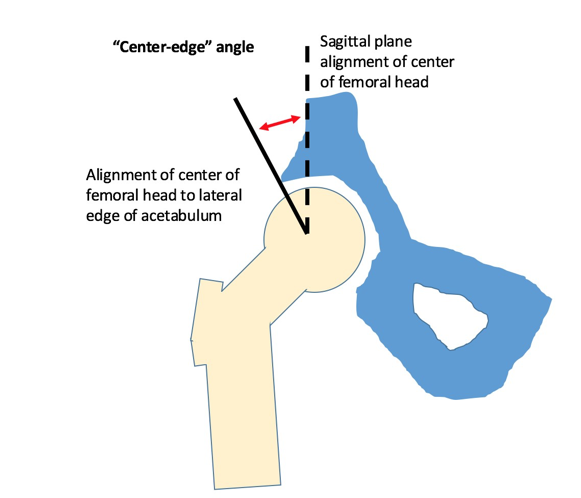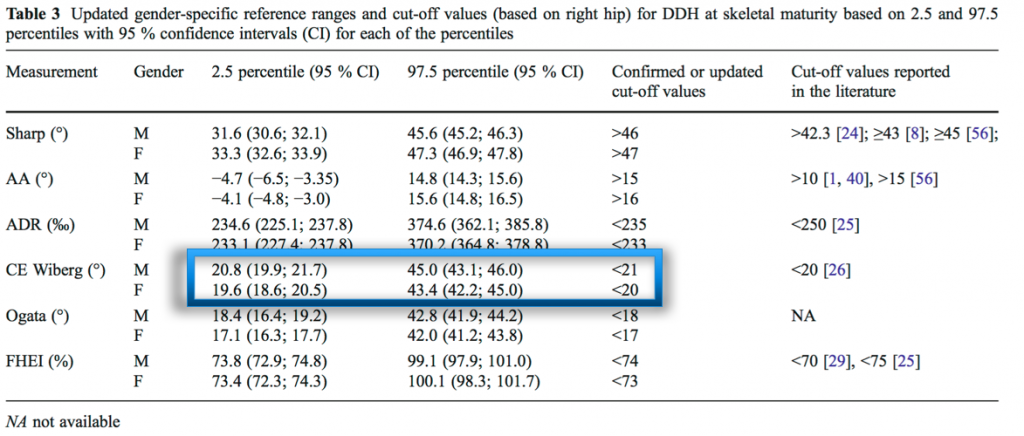Healthy Hips for Serious Sumo Deadlifts
Deadlifts make me smile. They’re fun to do and give a bunch of benefits, not limited to marking your territory in the gym as Meathead Alpha, and also causing a minimum 500 meter radius of ovulation of any female in the vicinity. For women who deadlift, they make you significantly stronger, plus weed out the guys who are threatened by women who can lift heavy (who needs those guys anyways?) while also scaring away the dudes who want to give you advice on how to lift, especially since you’re repping his max.

Now there’s typically 2 different set ups for a deadlift. A conventional stance, where the feet are roughly hip width apart and with hands shoulder width apart (on the outside of the knees), and a sumo stance. The sumo stance is typically wider than shoulder width, occasionally being as wide as the bar length itself between the plates, and with the hands grabbing the bar at or narrower than shoulder width apart. Here’s a video of certified beast Chris Duffin pulling the equivalent of a Honda Civic off the floor.
Compared to a conventional stance, a sumo stance offers a few benefits. First, the hips are closer to the vertical line of the bar, meaning the lever arm length from the bar to the hips is shorter, and therefore less torque is acting on the spine, making it a much more low back friendly version of the movement. Second, the knee angle tends to be much more reduced compared to the conventional pull, which helps to actually shorten the height the bar has to be pulled to reach lockout, making it slightly easier to lift heavier weight.
These benefits have a distinct tradeoff in more stress put on the hips to do the lift, and many lifters find that prolonged phases of sumo deadlifts tend to chew up their hips.
There’s a couple of reasons behind this. First is the concept of structure. Some people are built to pull more effectively in a sumo stance than others. The most impactful component is the centre edge angle, often called the Angle of Wiberg, which is the lateral overhang of the acetabulum over the femoral head. The larger that angle is, the less abduction the hip can go through before bone to bone contact becomes a limiting factor.

This angle can have a massive range of potentials between individuals. One study of 19 year old Norwegians (Laborie et al (2012) Radiographic measurements of hip dysplasia at skeletal maturity – new reference intervals based on 2038 19 year old Norwegians. Skeletal Radiol (online ahead of print) took a fairly homogenous sample group and measured their hip angles on X-ray. If you have questions as to how homogenous, you’ve never been to Norway. They’re all tall, blonde, and speak Norwegian. It’s weird, dude.

The range from the smallest angle to the largest angle measured was between 20.8 degrees and 45.0 degrees in males (a range of 24.2 degrees), and 19.6 to 43.4 degrees in females (a range of 23.8 degrees).
The difference in angles may not sound that severe, but when we consider how that plays out in real life, it could be the difference between having bone to bone contact in the hips with the feet as wide as the clear ring in the knurling on the bar versus getting your feet right out to the plates without issue. Early bone contact in this movement could cause some friction between bone surfaces and lead to some serious irritation from the movement. Throw in some ungodly amounts of weight with violent action and mountains of volume, and you have the potential for some ouchies in the hippies.
Now this shouldn’t dissuade you from doing sumo lifts if you’re comfortable doing them, but it may mean you take a few steps and do some accessory work to help you get the most out of the movement.
First, play with your setup. You might find with your hips you feel stronger and less cranky by going a little narrower or wider. If your hips have a big centre edge angle, a narrower stance may work well for you over a wider stance.

Might not work for you. Also, hell to put back down again.
This kind of position does put more pressure on external rotation and abduction of the hip as well as the muscles that contribute to this, so working on some strength into those positions with control, as well as working on some opposing movements through adduction or internal rotation, can help to get some balanced work through the region. Here’s a few examples:
If you do find that sumo deadlifts chew your hips up in a non-Tinder style, maybe look at cycling them with some conventional pulls for a few weeks every now and then, sub out sumos for hip thrusts or single leg deadlifts until those dogs aren’t barking any more, or play with your stance width and even maybe elevate the weights a few inches to reduce the overall range of motion and potential irritation to the area.
It’s also worth noting that some people just aren’t suited to deadlift sumo style. For me, I can never get into position and maintain during a pull without excessive pressure or valgus collapse on my knees, whereas my wife can only pull sumo exclusively, and can actually lift more than I can in terms of weight relative to her bodyweight. Everyone’s different. Play with it, find what works for you, and train the hell out of it.
One Response to Healthy Hips for Serious Sumo Deadlifts